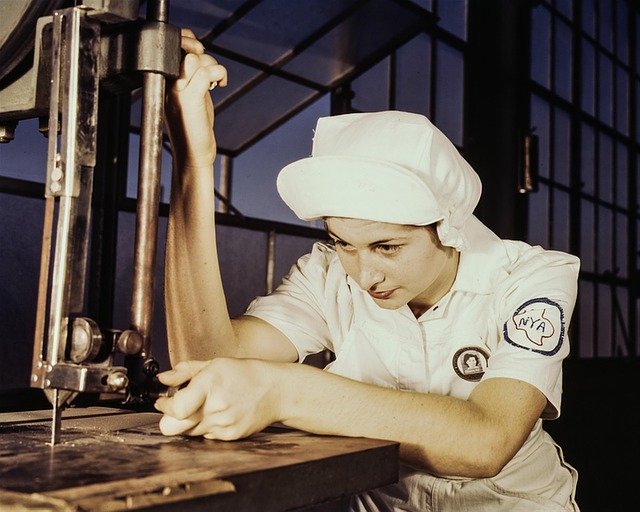
Healthcare In The Early Days
Health care in the United States has come a long way from the days of snake oil salesmen and ‘cure all’ tonics advertised by quack doctors. In the early days of the 20th century, there was no such thing as health insurance. For most Americans health care was a very small portion of the budget and the American healthcare system was underdeveloped and primitive. For example, before modern medicine, hospitals were the equivalent to poorhouses where people went to die. It wasn’t until the creation of effective antibiotics, proper hygiene, and better medical schools that hospitals were seen as places that could efficiently heal the sick.
However, all of these advancements in medicine started making health care much more expensive than it had ever been. People were now able to go to the doctor if they were gravely ill, but didn’t go for less serious ailments. Annual check-ups, as we know them, didn’t exist. By the end of the 1920s, many hospitals were noticing that people weren’t checking in unless their circumstances were dire. As a way to get more people in their hospital beds, Baylor University Hospital in Dallas, Texas created the pre-cursor to the health insurance system we’ve come to adopt.
Healthcare Today
An official at Baylor hospital noticed that more money was spent on cosmetics than medical care. They wanted to use the same system -paying a bit each month- as a way to bring in more people. The first people to have this rudimentary health insurance was a group of public school teachers who paid 50 cents a month in exchange for Baylor hospital covering the rest of their charges. When the Great Depression hit in 1929, hospitals all over the country saw a massive decline in patients. The “Baylor model” became popular and eventually became what we now know as Blue Cross. This was the start of offering health insurance to workers, but this idea caught on like wildfire during World War II.
During a time when the U.S. government was heavily rationing supplies, factories were kicked into high gear to start mass-producing equipment for the war. Factory owners needed a way to attract workers and what better way than using fringe benefits to offer your employees company-paid health insurance? The benefits of health insurance accelerated in 1943 when the IRS decided to make employer-sponsored health insurance tax-free. These measures over time led to an astounding increase in the number of people who enrolled in health insurance. In 1940, 9% of Americans had insurance and by 1953, that number shot up to 63%.
Through accidents, experimentation, and government mandates we have a healthcare system where people with jobs are covered through their employers, and almost everyone else is covered by the government. While there is still lots of room for improvement, this is how our uniquely American health care system came to be.







